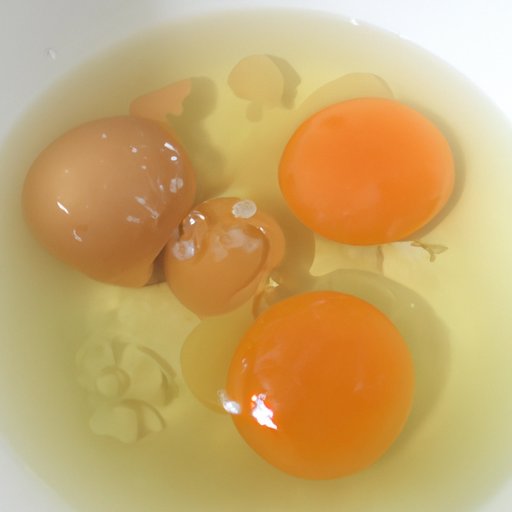
How to Tell If an Egg Is Good
As one of the most versatile ingredients in the kitchen, eggs are essential to the success of many recipes. However, using a bad egg can ruin the taste of your dish, and in some cases, make you sick. So how can you tell if an egg is good? In this article, we’ll explore the various methods to check the freshness and quality of an egg.
Appearance
The first step in determining whether an egg is good is to inspect its appearance. A good egg should have a clean, uniform shell with no visible cracks, stains, or discolorations. A rough or uneven shell can also be an indication of an older egg.
When inspecting the shell, hold the egg up to the light to check for any imperfections. If you notice any cracks or leaks, the egg is not fresh and should not be used.
Float Test
The float test is a traditional method for checking the freshness of an egg. This test is based on the fact that fresh eggs have a small air cell, while older eggs have a larger one.
To perform the float test, fill a bowl with cool water and gently place the egg in it. If the egg sinks and lays flat on its side, it is fresh and safe to use. If it stands upright or floats to the surface, it is no longer fresh and should be discarded.
Shake Test
The shake test is another way to identify older eggs. As eggs age, the air cell inside them grows larger and the membrane becomes weaker. When you shake the egg, you can hear the sound it makes to determine its freshness.
To perform the shake test, hold the egg up to your ear and shake it gently. If you hear no sound, the egg is fresh. If you hear a sloshing sound, it is old and should be discarded.
Smell Test
The smell test can be a quick and easy way to tell if an egg is fresh or not. A fresh egg should have no odor, while a spoiled one will have a foul smell.
To perform the smell test, crack the egg into a bowl or onto a plate and carefully sniff it. If you detect any unpleasant odor, discard the egg immediately.
The White
The white of an egg can also provide clues about its freshness. A fresh egg white should be thick and opaque, while an older one will be thin and runny.
If you’re unsure about an egg’s freshness, crack it onto a flat surface and observe the white. If the white spreads out and is runny, the egg is not fresh. If it holds its shape and is thicker, the egg is fresh.
The Yolk
The yolk of an egg can also give you information about its freshness. A fresh yolk will be round and plump, while an older one will be flatter and more liquid.
You can also check the yolk by holding it up to the light. A fresh yolk will have a clear, defined outline, while an older one will be blurred and indistinct.
Conclusion
By using these simple tests, you can tell whether an egg is fresh and safe to use. Remember, a good egg should have a clean, uniform shell and a thick, opaque white. When in doubt, perform the float, shake, and smell tests to make sure that your eggs are fresh and of high quality.
With these tips in mind, you can enjoy your favorite egg recipes without worrying about using a bad egg.





